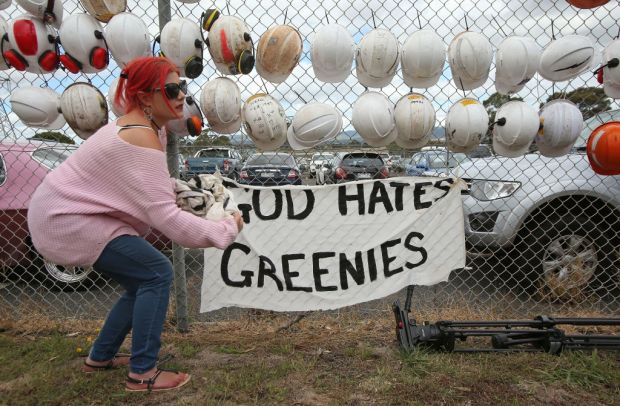Another week goes by and we again see state and federal governments squandering our money on embarrassing and harebrained ventures, leaving working Australians, our kids and grandkids to foot the bill.
First, there’s our so-called Federal Health Ministry, which handed out over half a million to “Instagram influencers” including bikini-clad models to post selfies to “promote women’s health”.
Then came another half a million dumped by the NSW state government to add a ‘plus’ sign to the NSW Fire & Rescue logo. No, literally. A majority of that amount went towards ‘consultant fees’. Would the shareholders of any private company let this sort of incompetent decision fly without any consequences?
These seem even more egregious when we consider that Federal Health Minister Greg Hunt MP has prioritised half a million in public funds, over $3,000 per social media post, for handouts to models, over the legalisation of safer alternatives to smoking such as nicotine vapes. These remain illegal in Australia despite their value as a smoking cessation tool proven to add years to smokers’ lives in the rest of the Western world where they are legal.
One would expect that the premature death of 19,000 Aussies a year due to smoking-related illnesses is a bigger concern than a superficial campaign that resulted in money flowing into the pockets of social media “influencers”, some of whom promote fad diets that any Ministry of Health in a first-world country should be cautious about.
As for the New South Wales government’s decision to hire a consultant for $500,000+ just to superficially alter a perfectly good logo, it might be tempting to overlook the issue given that the state government continues to run consistent budget surpluses thanks in significant part to stamp duty revenues raised from its asset recycling program in addition to shrewd spending cuts. Yet, this only makes the incident even more disappointing as the surplus should be deployed to resolve issues of congestion and stress placed upon our urban infrastructure and services due to rampant population growth in Sydney. Much like the Federal Health Ministry’s Instagram cash splash, this is a case of misplaced priorities.
Neither of these incidents or the decisions behind them would pass the pub test. Both only drive home the message of how crucial it is to ensure transparency and accountability for taxpayers at the earliest opportunity. It shouldn’t take an investigative journalist or FOI request to bring these rorts to light.
This is why a public expenditure transparency portal is so important.
Governments would be required to provide an itemised list showing all significant expenditures with receipts within 30 days of their incurrence, making it easier for the public and media to hold them to account while encouraging bureaucrats and elected representatives to think twice about whether their decisions would pass muster with those paying for them.
Transparency portals have been implemented successfully around the world. The European Union and London have implemented the portal model. In the U.S. state of Texas, the portal helped save $8.7 million in waste within a year of its launch. Even countries as far afield as East Timor and Brazil have promoted transparency and reduced corruption using portals.
Our bureaucrats and representatives tell us that we have nothing to fear from increased state surveillance if we have nothing to hide. It’s time that we held them to the same standard. This important initiative should have the support of all politicians from either side of the political divide.
Satyajeet Marar is the Director of Policy at the Australian Taxpayers’ Alliance.
Got something to add? Join the discussion and comment below.
Got something to add? Join the discussion and comment below.
Get 10 issues for just $10
Subscribe to The Spectator Australia today for the next 10 magazine issues, plus full online access, for just $10.


























Comments
Don't miss out
Join the conversation with other Spectator Australia readers. Subscribe to leave a comment.
SUBSCRIBEAlready a subscriber? Log in